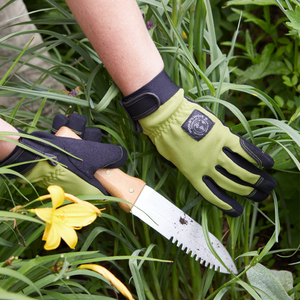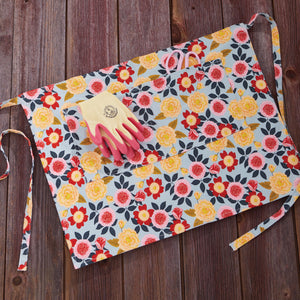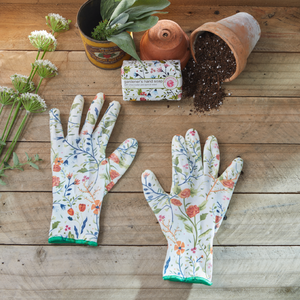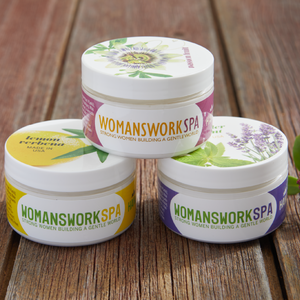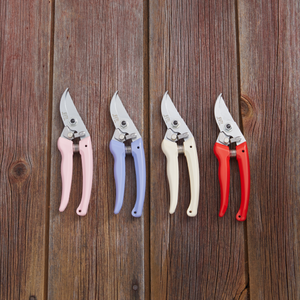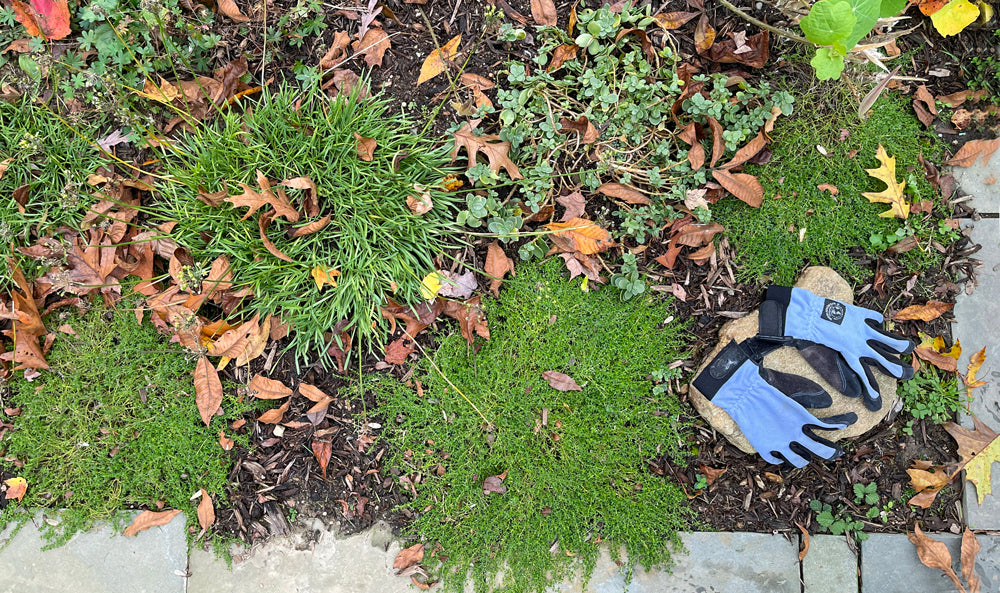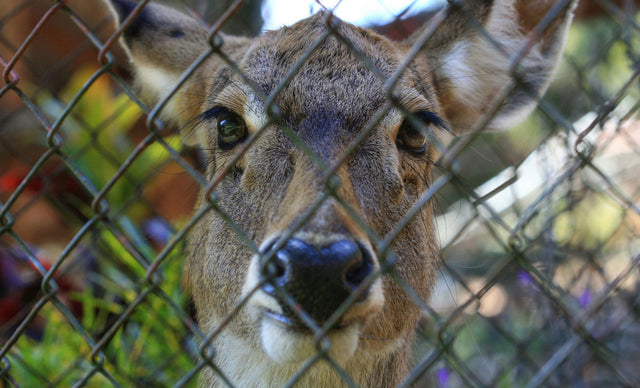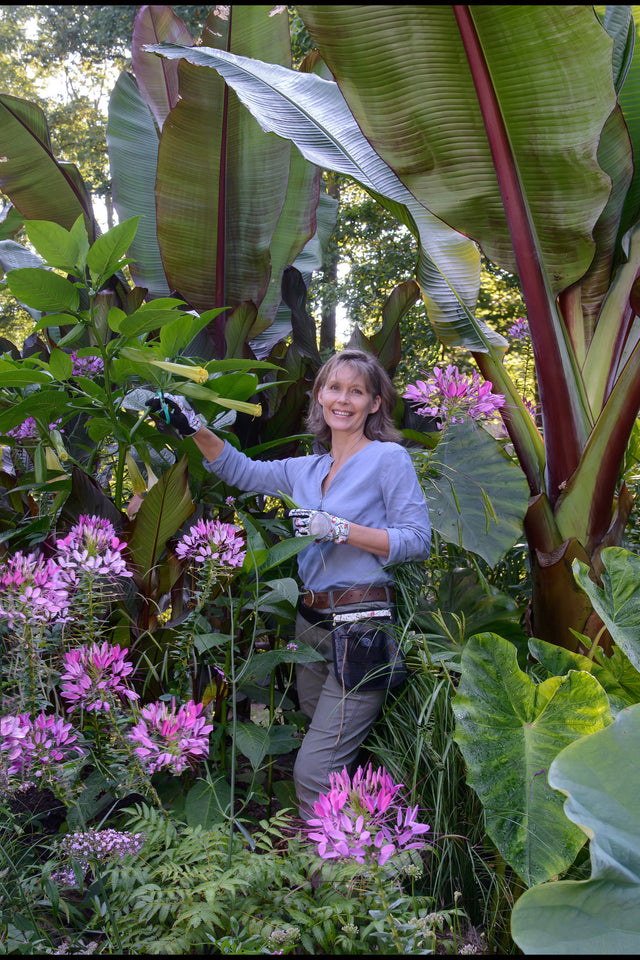Traditionally it was considered good form to tidy up the garden before winter by cutting back just about everything to a few inches of the ground. Many horticulturists and naturalists now recommend that you leave some plants for winter interest and wildlife sustainability. But which ones?
Here are Ruth Clausen’s tips for putting your garden to bed this fall.
- Be choosy about what needs to go. Observe which plants are diseased or pest-ridden and get rid of those. Put diseased plant material in a trash bag or take it to the dump. Never put on the compost pile! Then check out the healthy seed heads of other plants and allow them to remain for seed eating birds. Also leave some cut stems exposed where beneficial insects can make winter homes.
- Among annuals, snapdragons, petunias and zinnias are especially vulnerable to diseases such as powdery mildew. With perennials, beebalms, peonies, summer phlox and sneezeweeds (Helenium) are prone to powdery mildew, which can be not only unsightly but may spread to roses, lilacs and other shrubs if left standing.
- Healthy annuals that are exuberant self-seeders such as cosmos, beefsteak plant (Perilla), spider plant (Cleome), foxgloves, verbena and annual poppies should be cut back and taken to the compost, leaving just a couple of stems with seed heads. They will drop just a few seeds for next year. If you leave the whole plant you will have a lot of weeding to do in the spring.
- Many perennials, as well as berried shrubs like elderberries (Sambucus) and cotoneaster, produce long-lived seed heads that supply food for birds during the winter. Members of the daisy or aster family in particular, provide valuable food sources for seed eating birds. Spare the heads of tickseeds (Coreopsis), coneflowers (Echinacea ), rudbeckias, globe thistles (Echinops), and perennial sunflowers, along with mist flowers (Conoclinium), and Joe-Pye weed (Symphyotrichon spp.) among others. It is a delightful sight to observe a goldfinch having a meal on a purple coneflower seed head right outside the living room window.

- Ornamental grasses are widely grown these days and offer architectural interest in winter. Other perennials to save for their winter interest include pigsqueak (Bergenia), geums, coralbells (Heuchera), Russian sage (Perovskia) and more. Left standing, the flattish heads of yarrow and tall stonecrops are most attractive covered with snow in cold regions.
- Leave low-growing evergreens, or those that remain evergreen in certain climate zones or in milder winters, alone. These include bugleweed, dianthus, and thrift (Armeria). Certain plants do better if cut down to a leafy crown: sages (Salvia ) and beard tongues (Penstemon spp.) are good examples. The basal foliage provides some cold protection as well as new growth for the following season. Remove old stems which have become woody by now and just leave the young foliage at ground level. Daylilies, lobelias, monkshoods (Aconitum), and masterwort (Astrantia) also fall into this category.
- Although the foliage of hostas may look good now (prior to a frost), slugs can be a major problem come spring. As a deterrent, remove the leaves in the fall and apply a dressing of coffee grounds, pine needles, sharp grit or ashes as a mulch to deter these pests.
- In general, remove anything that you find unsightly. Autumn leaves in the flower beds can stay to break down during the winter and help protect the ornamentals. Try to avoid letting the leaves get too deep and matted, though. On the lawn if you can shred the leaves with a mower and leave them there, they will add extra nutrients to the soil.
